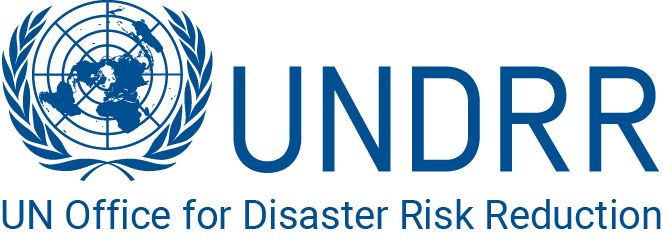Adaptive early warning systems and strategies to reduce vulnerability
To effectively scale up and implement the early warning systems in the seven targeted countries, it is essential to assess and understand the way in which people and ecosystems are exposed to various hazards. Each country is susceptible to various hazards, with different thresholds of severity. Floods, cyclones, and earthquakes are common hazards in those countries. The affected populations are living in diverse geographical features ranging from drought-prone to rural and mountainous areas, while a majority are residing in the coastal areas. With all of these factors, the exposure and vulnerability assessment will consider demographic factors, infrastructure, local economies, and ecosystems for each country. Most at risk groups, such as women, children, older persons, and persons with disabilities, will be given special consideration to ensure the effectiveness and inclusivity using the people-centered approach.

